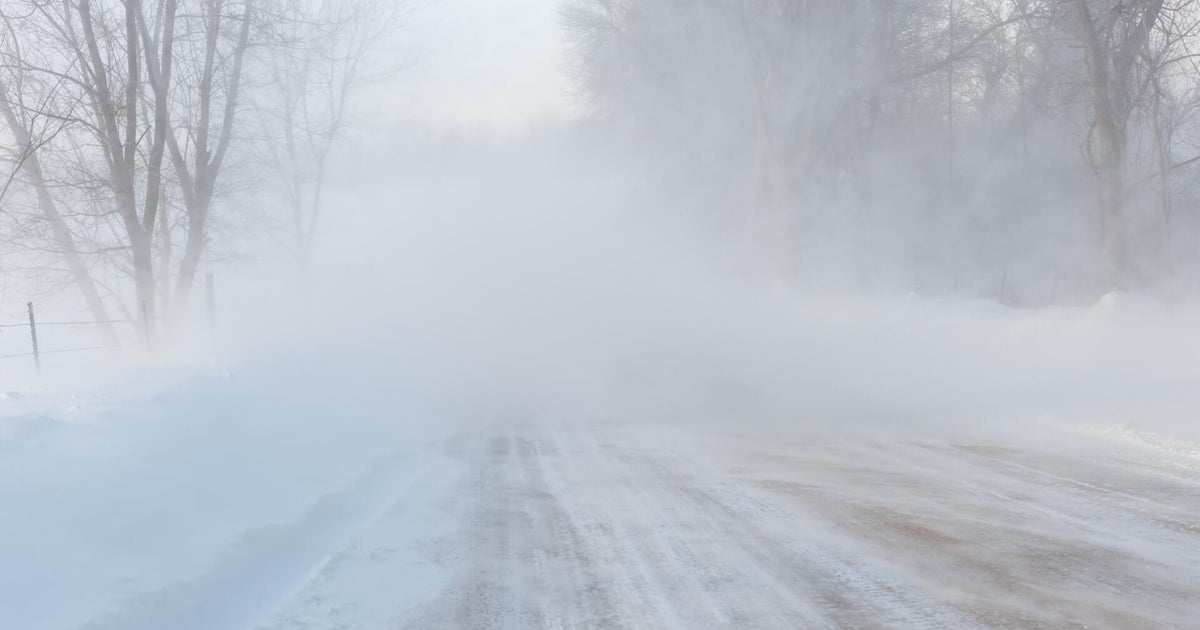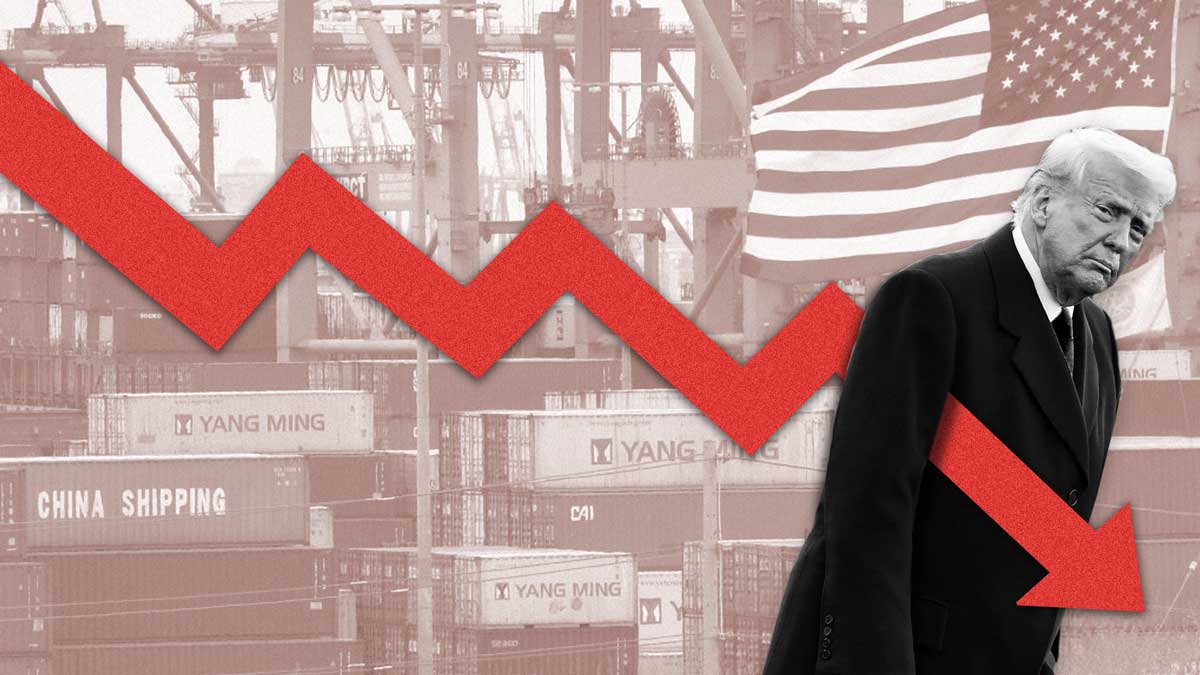Unemployment claims fall for the first time in a month
Fewer U.S. workers applied for jobless aid last week, a sign the job market is recovering from the impact of the COVID-19 Omicron variant amid steady economic growth.
Some 260,000 people filed first-time applications for unemployment aid in the week ended January 22, the Labor Department reported Thursday. That's a drop of 30,000 from the prior week, when the number of applications hit a three-month high.
A recent surge in COVID-19 cases has set back what had been a strong comeback from the short but devastating coronavirus recession. Jobless claims, a proxy for layoffs, had fallen mostly steadily for about a year and late last year dipped below their pre-pandemic average of around 220,000 a week.
"The downtrend will likely continue given demand for labor remains strong and businesses remain reluctant to lay off workers amid a persistent labor shortage," Rubeela Farooqi, chief U.S. economist at High Frequency Economics, said in a report.
Overall, more than 2 million people were receiving some sort of benefits in mid-January. The current level of claims compares with an average of 218,000 in 2019, before the pandemic, according to HFE.
GDP hits the gas
In a separate report, the government said the economy expanded at its fastest rate in more than two decades last year, growing by 5.7%. It was the strongest calendar-year growth since a 7.2% surge in 1984 after a previous recession. The economy ended the year by growing at a robust 6.9% annual pace from October through December, the Commerce Department reported Thursday.
The economy is expected to keep expanding this year, though at a slower pace, as the pandemic continues to surge and high inflation cuts into consumers' spending power.
"[T]he U.S. economy remains very volatile as we battle a global supply chain crisis, increasing inflation and the COVID-19 Omicron variant," Steve Rick, chief economist at CUNA Mutual Group, said in a note.
Andrew Hunter at Capital Economics said the fourth-quarter growth figures likely overstate the strength of economic activity, noting that much of the boost came from businesses increasing their inventories. He expects that boost will partly fade in the first quarter.
Many economists have been downgrading their forecasts for the January-March quarter, reflecting the impact of the Omicron variant. For all of 2022, the International Monetary Fund and the Federal Reserve both forecast that the nation's GDP growth will slow to 4%.
The Associated Press contributed reporting.





